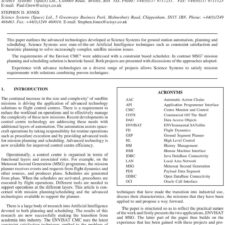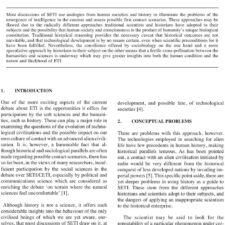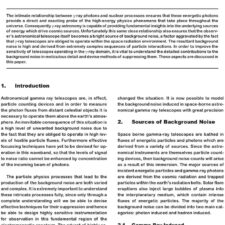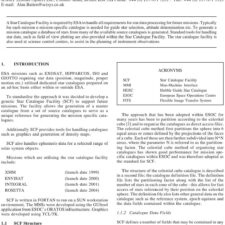Comparative Overview of Nuclear Electric Propulsion Programs and Concepts
£5.00
Manuel La Rosa Betancourt, Elias Bögel, Marcus Collier-Wright, Joseph L. Wilcox & Preston A. Kaplan (2022), JBIS, 75, pp.226-230
Refcode: 2022.75.226
DOI: n/a
Abstract:
Human space exploration is at the dawn of a new era. The desire to establish a permanent presence beyond low Earth orbit (LEO) has never been higher. The Moon and Mars are first targeted to demonstrate our ability to extend our expanse. As of today, the alternatives offered by the likes of SpaceX, Blue Origin and others are not sustainable. Chemical propulsion will not be the solution for humanity to explore other worlds. Other forms of propulsion offer a more compelling and sustainable alternative: Nuclear Electric Propulsion (NEP) is the key to unlock more cost-effective and sustainable space transportation for interplanetary voyages. NEP combines the unmatched megawatt level of power provided by a nuclear reactor with the high specific impulse (Isp) of electric propulsion. This would enable cargo missions to the Moon, Mars and beyond, on a larger scale than the low Isp chemical propulsion would allow and at a higher cost-efficiency. The development of such technologies is at the core of the new space race. It dictates the direction and evolution of NEP programs and concepts. This paper presents an overview of the geopolitical and technological considerations behind different NEP programs worldwide. While the two major actors remain NASA and ROSCOSMOS, other space agencies such as CNSA, ESA and UKSA have shown extended interest in the progress of NEP. Amongst the various types of electric propulsion systems, Gridded Ion Thrusters (GIT) and Hall Effect Thrusters (HET) are usually the first considered for NEP use due to their high space heritage at low power levels (several kilowatts). However, GIT and HET present a number of fundamental drawbacks at higher power levels: scalability limitation, number of thrusters needed and lifetime concerns. Superconductor-based Readiness Enhanced Magnetoplasmadynamic Electric Propulsion (SUPREME) could be a better alternative for high power manned and cargo missions from LEO to the Moon or to Mars. Applied-Field Magnetoplasmadynamic (AF-MPD) Thrusters have been around since the 1960s, they offer a range of operations wider than any other existing electric propulsion technology. Recent developments achieved by the Institute of Space Systems at the University of Stuttgart have proven thrust efficiencies over 62% with the use of LaB6 hollow cathodes. This paper reviews current concepts and programs for NEP, and underlines the possibilities offered by MPD thrusters, especially by Neutron Star Systems’ SUPREME thruster, for these NEP programs and concepts.
Keywords: Nuclear electric propulsion, NEP, High-Temperature Superconductors, Magnetoplasmadynamics





